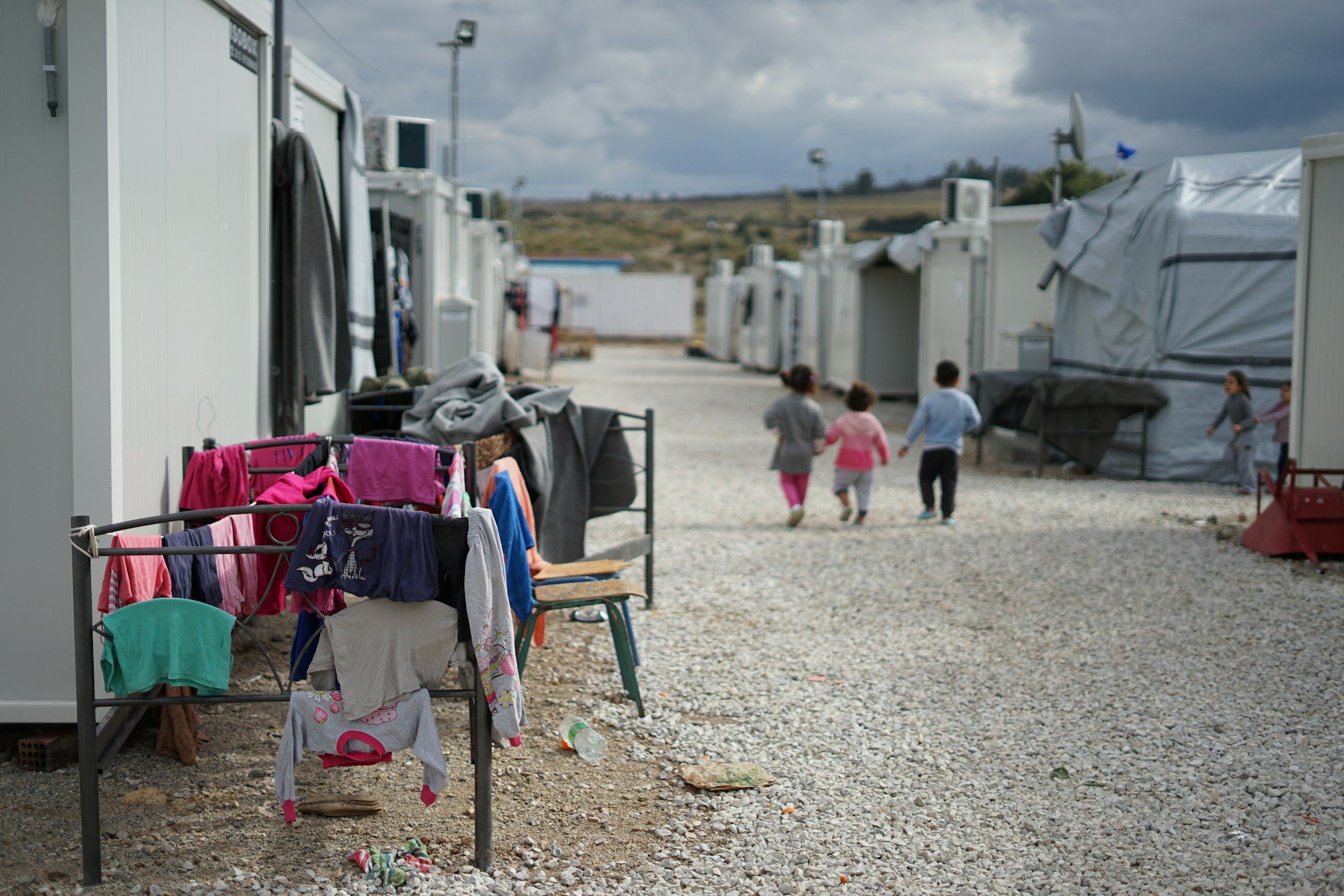What is driving the EU NUTS?: Regional Competitiveness in the EU

On the 7th of October, the European Commission received the fourth edition of the Regional Competitiveness Index (RCI). This report concerns the competitive position of all regions in the European Union and gives an analysis of what determines a region’s competitiveness. Furthermore, it has ranked the regions from most competitive to least competitive. The first edition of the RCI was written in 2010, which focused on the economic situation within the EU’s regions during the last economic crisis. Ever since it has been the starting point for comparison of the European regions. The report describes its goal as “… meant to help policymakers and stakeholders assess what a region’s strongest/weakest assets are while identifying objectives and targets to converge at national and EU level”. This poses the question: what is regional competitiveness? How is it measured? And what ‘regions’ are being talked about?
The report defines regional competitiveness as “… the ability of a region to offer an attractive and sustainable environment for firms and residents to live and work”. In other words, how viable the regions are for companies and people. To measure the RCI, more than 70 indicators are used to evaluate the conditions to achieve this viability. Some of these indicators are of a political nature, for example, political stability, corruption and rule of law. Some other indicators concern health and wellbeing such as child-mortality rate and suicide-death rate. Furthermore, there are indicators ranging from education and gender equality to the quality of infrastructure and accessibility to the latest technological developments. It is safe to say that a diverse range of factors have been considered, which contributes to the quality of the report. The combination of these factors is used to measure regional competitiveness.
The RCI is measured in the so-called NUTS-2 regions. NUTS is the abbreviation for Nomenclature of Units for Territorial Statistics. There are three levels of NUTS: NUTS-1 consists of the major socio-economic regions, NUTS-2 consists of the basic regions for the application of regional policies and NUTS-3 consists of the small regions for specific diagnoses. Noteworthy is the fact, that not all regions are exactly situated in Europe as a continent. Examples are the Spanish Canary Islands or French Guyane, which lie in Africa and South-America respectively. These regions are overseas territories of European countries, thus belonging within the EU.
By analysing these factors, the report provided each region with a score which determines the level of competitiveness within each region. The scores made it possible to create a ranking list. At the top of the list, there is the region of Stockholm. Spot number two is shared by both the region of London and the Dutch region of Utrecht, both being praised for their commuting system. As always, where there is a top there must be a bottom. The three regions to occupy the last the spots are French Guyane, the Sud-Est region in Romania and the Voreio Aigaio region in Greece. Voreio Aigaio is a particularly troubled area, as the region received exactly 0 points over all the factors.
Is there something all the top-scoring regions share? Is there something the bottom regions miss out on? The report refers to L. N. Tolstoy’s novel Anna Karenina and the Anna Karenina-principal: All happy families are alike; each unhappy family is unhappy in its own way. This indeed reflects the contrast between the top/happy regions and the bottom/unhappy regions. The regions situated at the top of the list received high score across all factors, in particular the factors concerning education, health, technological readiness and macroeconomic stability. The bottom regions have their unique problems. The report advises targeting overall improvement, instead of focusing on one problem.
The report illustrated that Europe is still recovering from the crisis of 2008. Too often regions within the EU still struggle with high unemployment, poor access to (digital) infrastructure and house-hold incomes being lower than the pre-crisis era. Although the crisis occurred over eleven years ago, the question remains as to whether there will ever be a full recovery. There might even be a chance, that the next economic slump is already on its way…
For further readings, check out:
https://ec.europa.eu/regional_policy/en/information/maps/regional_competitiveness/
Featured Image
Håkan Dahlström from Malmö, Sweden (https://commons.wikimedia.org/wiki/File:European_Union_Flag_(4768764591).jpg), „European Union Flag (4768764591)“, https://creativecommons.org/licenses/by/2.0/legalcode



